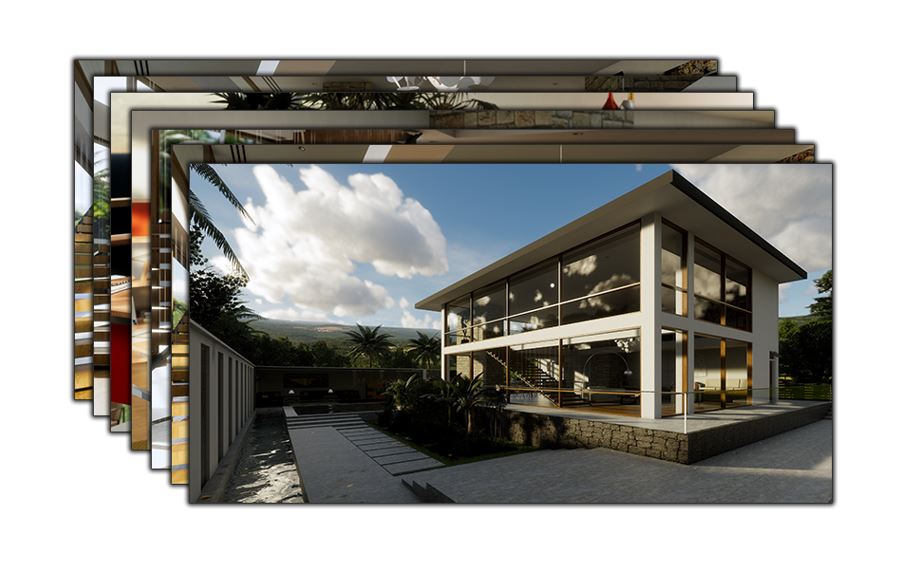


With the evolution of Revit materials, there are three primary ways to define glass: Generic, Glazing, and now Advanced Materials in Revit 2019. This article will cover how to render architectural glazing within a Revit model for a realistic-looking architectural visualization. And with a few simple “reflection” adjustments, we can display great-looking glass in our visualizations. The user settings are simple: more like the controls on a camera than a spaceship. This rendering software is always just a click away from within your Revit, SketchUp, Rhino, Vectorworks or Archicad software. Thankfully, it's easy to create a photorealistic glass rendering with Enscape's contemporary real-time rendering software. Not that they had not done it before, or were not able to learn it, but the benefit-to-cost of time and budget just didn’t make sense on most projects. Either the glass reflection or color was off, or the rendering software and settings one had to know were too complicated for the average designer. Traditionally, glass was challenging to represent properly in architectural visualization. Realistic glass rendering in architectural visualization It provides light and even desired warmth in the cold season and is also aesthetically pleasing in many ways, including its reflective qualities. Glass, also referred to as architectural glazing in the context of architecture, is an amazing material that provides a barrier from the elements while allowing a visual connection to the beauty around us.


 0 kommentar(er)
0 kommentar(er)
